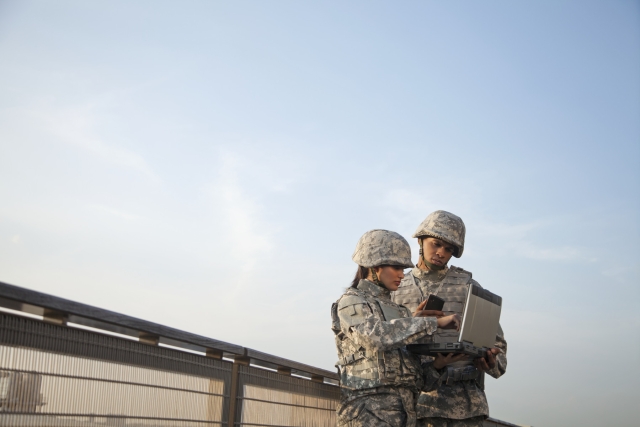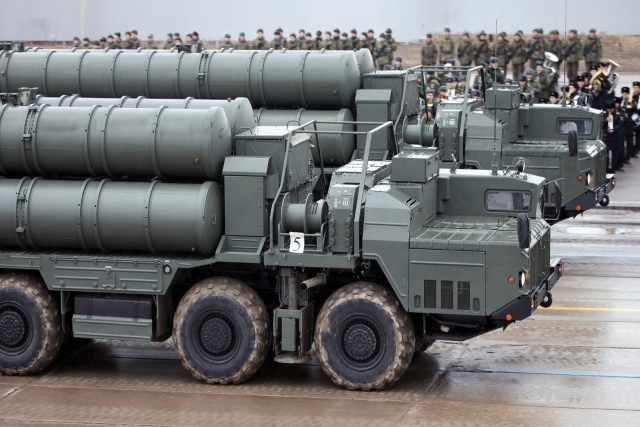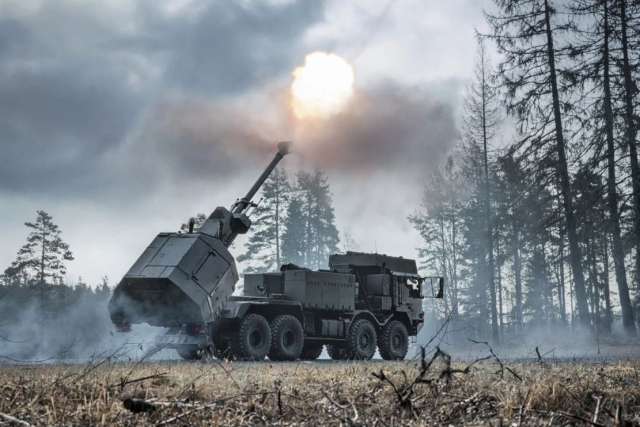President Obama Signs Long Over Due FAA Bill
The Aviation community cheered on Tuesday when President Obama signed the Federal Aviation Administration (FAA) bill into law which includes key provisions on the addition of unmanned aircraft systems (UAS) into the national airspace system. The Congress in 2003 passed the FAA bill when the UAS’ were just beginning to be recognized as valuable assets in military operations in Iraq and Afghanistan. The advancement of UAS technology, in both civil and commercial markets, has the Congress requiring the FAA to expedite the safe integration of UAS into the national airspace. Congress set a deadline of 30 Sept., 2015 for full integration. Michael Toscano, AUVSI, President and CEO, said, "Technology is advancing to the point where we now know these systems can reliably fly. The next step is to work on the regulations that govern the rules of the sky to ensure that unmanned aircraft do no harm to other manned aircraft or to people or property on the ground”. Some of the major UAS provisions in the FAA bill include: Setting a 30 Sept., 2015 deadline for full integration of UAS into the national airspace requiring a comprehensive integration plan within nine months, requiring the FAA to create a five-year UAS roadmap (which should be updated annually), requiring small UAS (under 55 pounds) to be allowed to fly within 27 months requiring six UAS test sites within six months (similar to the language in the already-passed defense bill).
It also requires small UAS (under 55 pounds) be allowed to fly in the U.S. Arctic, 24 hours a day, beyond line-of-sight, at an altitude of at least 2,000 feet, within one year, requiring expedited access for public users, such as law enforcement, firefighters, emergency responders, allowing first responders to fly very small UAS (4.4 pounds or less) within 90 days if they meet certain requirements. The purpose of the new bill is to ensure law enforcement and fire fighters direct and immediate access to start flying small systems to save lives and increase public safety.










